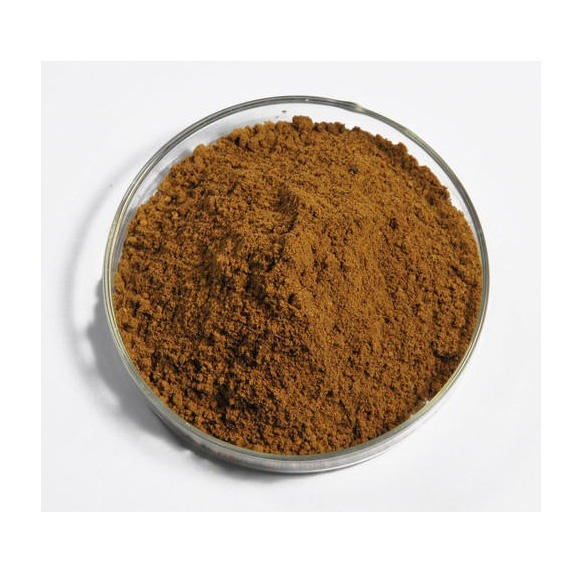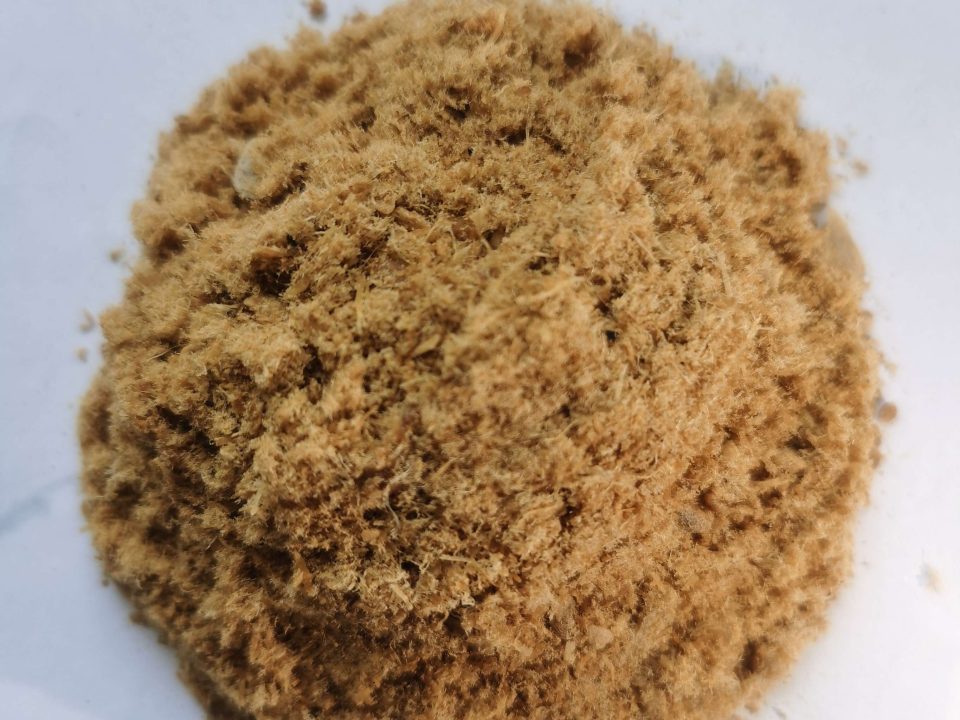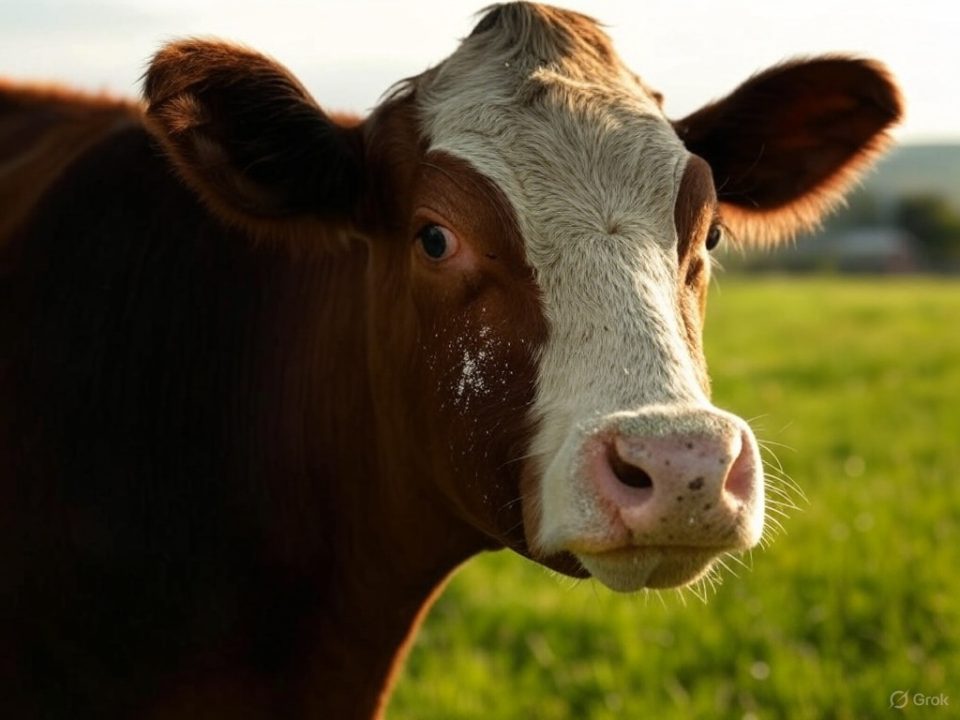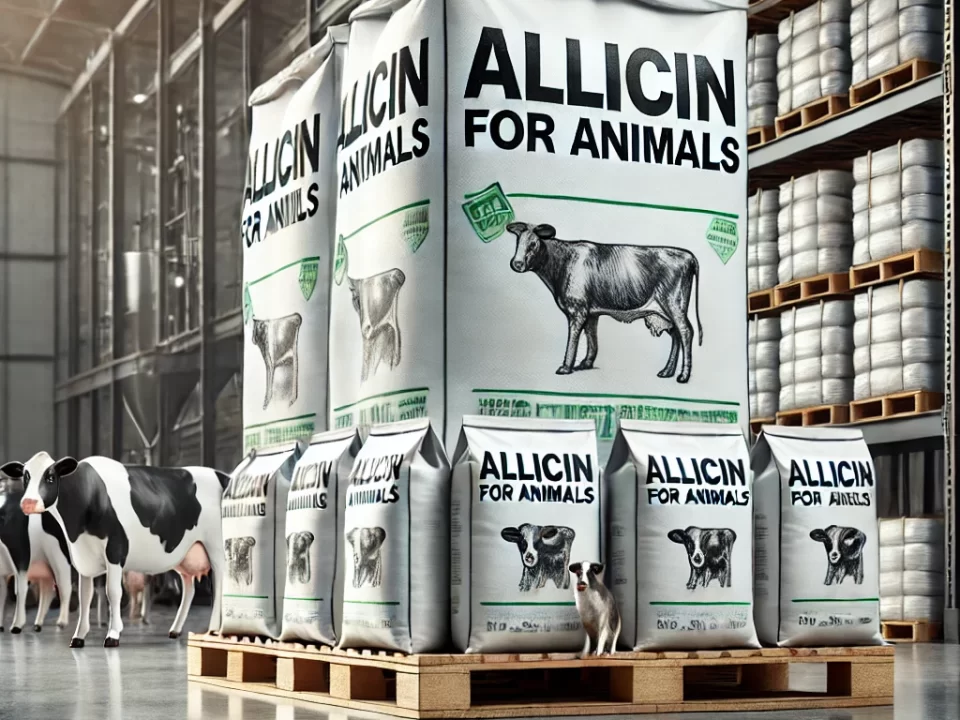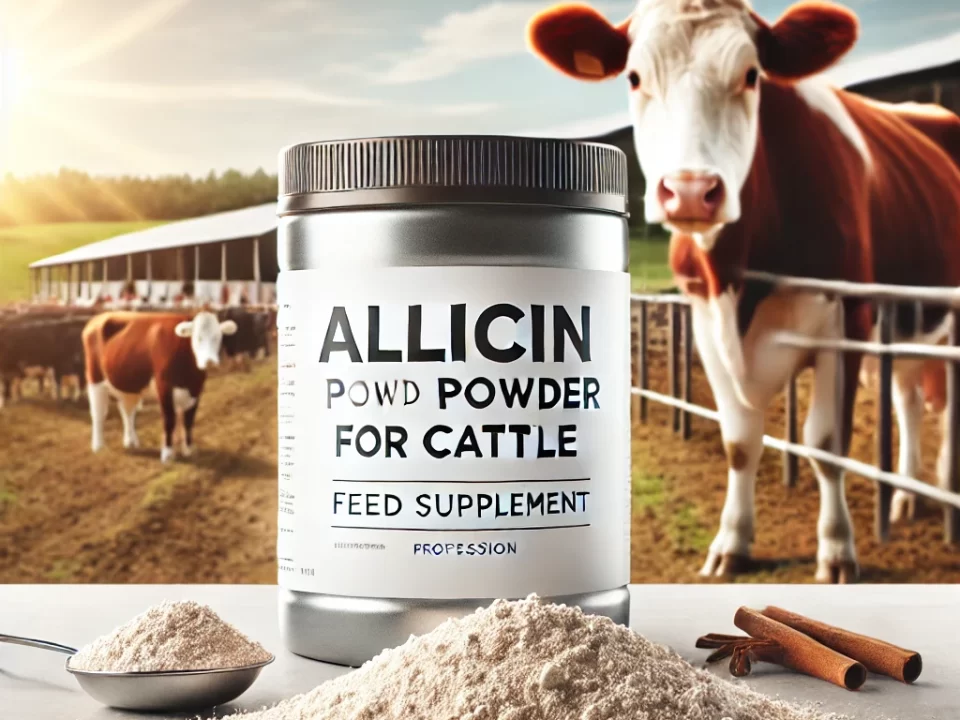Advantages and Application Value of Chicken Meal in Animal Feed

Research on the Application of Chicken Meal in Aquaculture Feed
March 23, 2025Advantages and Application Value of Chicken Meal in Animal Feed: A Comprehensive Analysis
Abstract
Chicken meal (CM), a rendered byproduct of poultry processing, has gained attention as a high-quality protein source in animal feed, particularly in aquaculture, poultry, and swine industries. Its advantages—high protein content, cost-effectiveness, and sustainability—position it as a viable alternative to traditional feed ingredients like fishmeal (FM) and soybean meal (SBM). This article examines the key benefits of CM, including its nutritional profile, digestibility, and economic value, while exploring its application across various species. Comparative tables highlight parameters such as growth performance, feed efficiency, and cost, contrasting CM with FM, SBM, and insect meal (IM). The analysis underscores CM’s potential to enhance feed formulations and support sustainable agriculture, while identifying challenges and opportunities for broader adoption.
1. Introduction
The global demand for animal protein has surged, driven by population growth and rising consumption, placing pressure on feed industries to secure sustainable, affordable, and nutritionally balanced ingredients. Traditional protein sources like FM, derived from wild-caught fish, face supply constraints and escalating costs ($1800–$2200/ton as of 2025), while plant-based options like SBM struggle with lower protein quality and anti-nutritional factors. Chicken meal, produced from poultry byproducts such as feathers, bones, and offal, offers a compelling solution. With a crude protein content of 60–70% and a price range of $1100–$1300/ton, CM aligns with circular economy principles by converting waste into a valuable resource.
This article delves into the advantages of CM in animal feed, emphasizing its nutritional benefits, digestibility, and economic feasibility. Its application value is assessed across aquaculture (e.g., Asian seabass, carp), poultry, and swine, with comparisons to FM, SBM, and emerging alternatives like IM. Practical implications, limitations, and future prospects are discussed to provide a holistic view of CM’s role in modern feed systems.
2. Nutritional Advantages of Chicken Meal
CM’s nutritional profile is a cornerstone of its appeal. Table 1 compares its composition with FM, SBM, and IM, highlighting key parameters.
| Parameter | Chicken Meal (CM) | Fishmeal (FM) | Soybean Meal (SBM) | Insect Meal (IM) |
|---|---|---|---|---|
| Crude Protein (%) | 60–70 | 65–72 | 44–48 | 50–60 |
| Crude Lipid (%) | 10–15 | 8–12 | 1–2 | 15–25 |
| Ash (%) | 12–18 | 15–20 | 6–7 | 5–10 |
| Lysine (%) | 3.5–4.0 | 4.5–5.0 | 2.8–3.2 | 3.0–3.5 |
| Methionine (%) | 1.5–2.0 | 2.0–2.5 | 0.6–0.7 | 1.0–1.5 |
| Digestibility (%) | 85–90 | 90–95 | 80–85 | 80–88 |
2.1 High Protein Content
With 60–70% crude protein, CM rivals FM and surpasses SBM and IM, making it an excellent source of amino acids for muscle development and growth. Though its lysine and methionine levels are slightly lower than FM, they exceed SBM, offering a balanced profile for many species.
2.2 Energy Contribution
CM’s lipid content (10–15%) provides a concentrated energy source, reducing the need for additional fat supplementation in diets. This contrasts with SBM’s low lipid levels (1–2%), which often require blending with oils, increasing formulation costs.
2.3 Digestibility
CM boasts a digestibility of 85–90%, competitive with FM (90–95%) and superior to SBM (80–85%). High digestibility ensures efficient nutrient absorption, minimizing waste and environmental impact—a critical advantage in intensive farming systems.
3. Additional Advantages
3.1 Cost-Effectiveness
At $1100–$1300/ton, CM is significantly cheaper than FM ($1800–$2200/ton), offering a 30–40% cost reduction. This economic edge is vital for large-scale producers facing volatile commodity prices.
3.2 Sustainability
By utilizing poultry byproducts, CM reduces waste and landfill use, aligning with sustainable agriculture goals. Unlike FM, which depletes marine resources, or IM, which requires scaling production, CM leverages existing poultry infrastructure, enhancing its environmental footprint.
3.3 Versatility
CM’s adaptability across species—fish, poultry, swine—makes it a flexible ingredient, unlike SBM, which is less suited to carnivores due to anti-nutritional factors, or IM, which varies in quality depending on insect species.
4. Application Value in Animal Feed
4.1 Aquaculture
In aquaculture, CM partially replaces FM, supporting growth and feed efficiency in species like Asian seabass (Lates calcarifer), largemouth bass (Micropterus salmoides), and common carp (Cyprinus carpio). Table 2 compares performance across these species.
| Species | Diet | Final Body Weight (g) | Weight Gain (%) | FCR | Survival Rate (%) |
|---|---|---|---|---|---|
| Asian Seabass | FM (Control) | 45.2 | 1360 | 1.45 | 95 |
| 10% CM | 44.5 | 1330 | 1.50 | 93 | |
| Largemouth Bass | FM (36%) | 150.5 | — | 1.20 | — |
| CM-Cpro (18% FM) | 149.2 | — | 1.21 | — | |
| Common Carp | FM (Control) | 85.3 | 48.7 | 1.60 | — |
| 15% CM | 92.6 | 61.5 | 1.45 | — |
For Asian seabass, 10% CM maintains growth close to FM, with slight FCR increases. Largemouth bass benefits from CM-based compound proteins, reducing FM reliance without compromising performance. Carp shows enhanced growth and fillet quality at 15% CM, demonstrating its value for omnivorous species.
4.2 Poultry
In poultry feed, CM replaces SBM or FM to boost protein levels. A 2024 study on broilers showed that 5–10% CM inclusion improved weight gain and feed efficiency compared to SBM alone.
| Diet | Final Weight (kg) | FCR | Mortality (%) |
|---|---|---|---|
| SBM (Control) | 2.1 | 1.65 | 4.5 |
| 10% CM | 2.3 | 1.55 | 4.0 |
CM’s higher digestibility and energy content enhance broiler performance, reducing reliance on costly FM or low-energy SBM.
4.3 Swine
In swine diets, CM substitutes FM or meat-and-bone meal, supporting growth in weaned piglets. A 2023 trial showed 8% CM inclusion improved average daily gain (ADG) compared to SBM.
| Diet | ADG (g/day) | FCR | Digestibility (%) |
|---|---|---|---|
| SBM (Control) | 350 | 1.80 | 82 |
| 8% CM | 380 | 1.70 | 88 |
CM’s superior digestibility and amino acid profile make it a valuable ingredient for early swine nutrition.
5. Comparative Analysis
5.1 Nutritional Quality
CM’s protein and lipid levels outshine SBM and rival FM, though its EAA profile is slightly less optimal than FM. IM offers comparable protein but varies in consistency.
5.2 Cost-Benefit
CM’s lower cost ($1100–$1300/ton) versus FM ($1800–$2200/ton) and IM ($1500–$2000/ton) provides a clear economic advantage, though SBM ($400–$600/ton) remains cheaper but less nutritious.
5.3 Sustainability Impact
CM and IM promote waste recycling, unlike FM’s marine depletion. SBM’s land use and pesticide reliance reduce its sustainability edge.
6. Challenges and Limitations
-
- EAA Deficiency: Lower lysine and methionine require supplementation for carnivorous species.
- Palatability: High inclusion levels (e.g., 20% in fish) may reduce intake due to off-flavors.
- Quality Variability: Inconsistent rendering processes affect nutrient content and digestibility.
- Regulatory Constraints: Some regions restrict CM use in feed due to disease concerns (e.g., BSE), though rare in poultry.
7. Future Prospects
- Nutrient Optimization: Blending CM with synthetic amino acids or alternative proteins.
- Processing Advances: Improved rendering to enhance consistency and palatability.
- Wider Adoption: Expanding CM use in emerging markets with growing aquaculture and livestock sectors.
- Research Expansion: Long-term studies on health, reproduction, and environmental impact.
Chicken meal offers significant advantages in animal feed—high protein, energy contribution, digestibility, cost-effectiveness, and sustainability—making it a valuable alternative to FM, SBM, and IM. Its application in aquaculture, poultry, and swine demonstrates versatility and performance benefits, particularly at partial replacement levels (5–15%). While challenges like EAA balance and palatability persist, strategic enhancements can unlock CM’s full potential, reducing reliance on unsustainable ingredients and supporting global food security.


